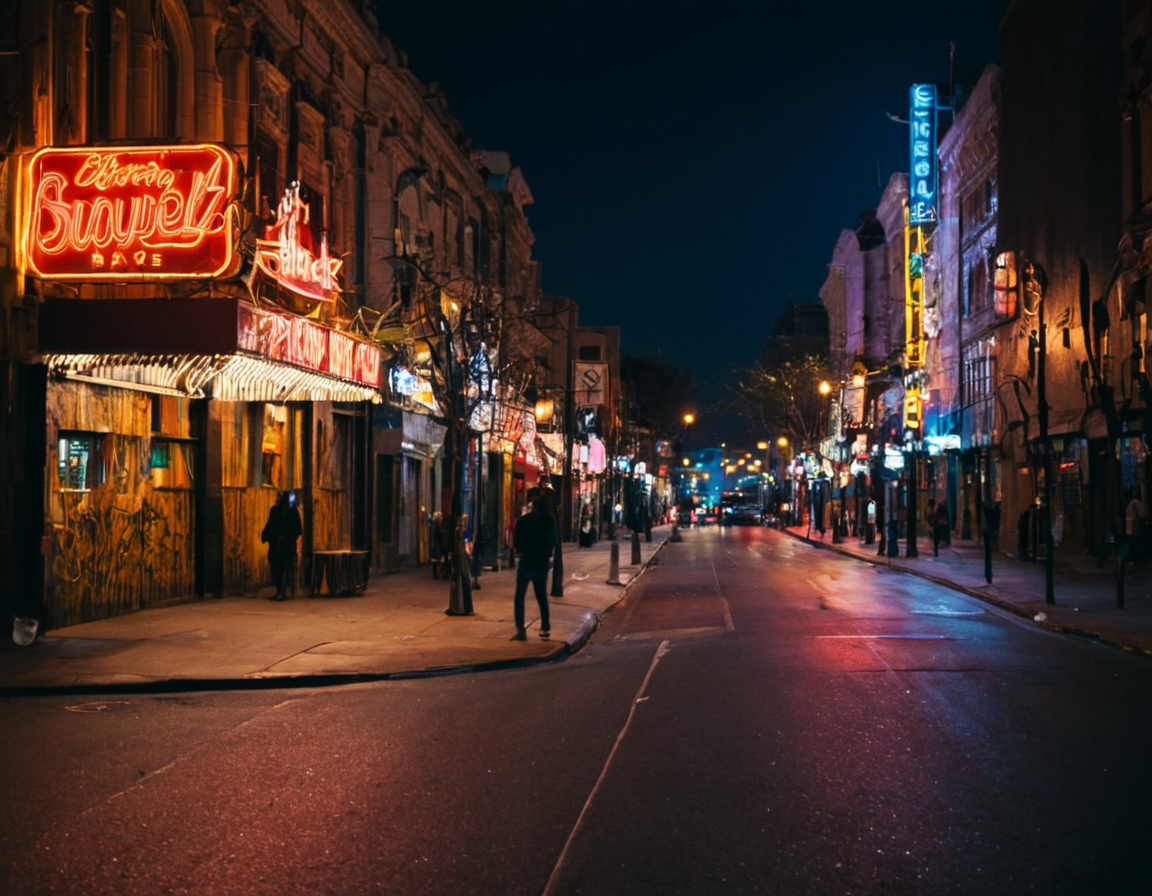Low Light Photography Basics

Low-Light Photography Explained: A Beginner’s Guide
Introduction
Low-light photography is a challenging and nuanced subject that requires a deep understanding of the technical and creative aspects involved. In this comprehensive guide, we will delve into the world of low-light photography, exploring its principles, techniques, and best practices. Whether you’re an experienced photographer or just starting out, this article aims to provide you with the knowledge and skills necessary to produce high-quality images in even the most inhospitable lighting conditions.
Understanding Low-Light Photography
Low-light photography refers to the process of capturing images when the light available is insufficient for producing well-exposed, visually appealing photographs. This can occur in a variety of situations, such as indoors without sufficient artificial lighting, in shaded or backlit environments, or during extended exposures at dawn or dusk.
Key Characteristics of Low-Light Photography
- Noise and Grain: The increased sensitivity of the camera’s image sensor can lead to noticeable noise and grain in the images.
- Loss of Details: Insufficient light can result in lost details, particularly in the shadows and highlights.
- Increased Risk of Camera Shake: Lower light conditions make it more challenging to maintain a stable camera, leading to increased risk of camera shake and blur.
Preparing for Low-Light Photography
Before venturing into low-light photography, it’s essential to understand how to prepare your equipment and yourself for the challenges ahead. This includes:
- Investing in a suitable lens: A lens with a wide aperture (e.g., f/1.4 or wider) can help control depth of field and allow more light to reach the sensor.
- Using image stabilization: Optical image stabilization can help reduce camera shake and blur, particularly when using slower shutter speeds.
- Adjusting your camera settings: Familiarize yourself with your camera’s low-light capabilities, including ISO limits, shutter speed ranges, and noise reduction features.
Camera Settings for Low-Light Photography
When working in low-light conditions, it’s crucial to understand how to adjust your camera settings to produce the best possible results. This includes:
Adjusting the Exposure
- Increase the ISO: However, be aware that higher ISOs can introduce more noise and grain into the image.
- Use a slower shutter speed: This can help let more light in, but be cautious of camera shake and blur.
- Employ noise reduction techniques: Some cameras have built-in noise reduction features or software that can help minimize the effects of low-light noise.
Managing Depth of Field
- Use a wide aperture: A wider aperture (smaller f-stop number) can help control depth of field and create a shallower focus area.
- Adjust the focus: Use manual focus to ensure accurate focusing, particularly in situations where autofocus may struggle.
Post-Processing Low-Light Images
Even with proper exposure and focus, low-light images often require significant post-processing to achieve the desired results. This includes:
Noise Reduction Techniques
- Use noise reduction software: Many image editing applications have built-in noise reduction tools or plugins that can help minimize the effects of low-light noise.
- Apply local adjustments: Use layers and masking to apply targeted noise reduction, ensuring that only affected areas are touched up.
Conclusion
Low-light photography is a complex and challenging subject that requires careful planning, attention to detail, and practice. By understanding the key characteristics, preparing your equipment, adjusting camera settings, managing depth of field, and employing post-processing techniques, you can produce high-quality images in even the most inhospitable lighting conditions.
What’s your favorite low-light photography technique? Share with us in the comments below!
[Call to Action: Share your own experiences or ask questions about low-light photography.]
About Emily Williams
As a seasoned photographer and educator, I help creative minds unlock their potential on lentecreativa.com. With a focus on real-world tips & techniques, I inspire photographers to push boundaries & tell stories that matter.
